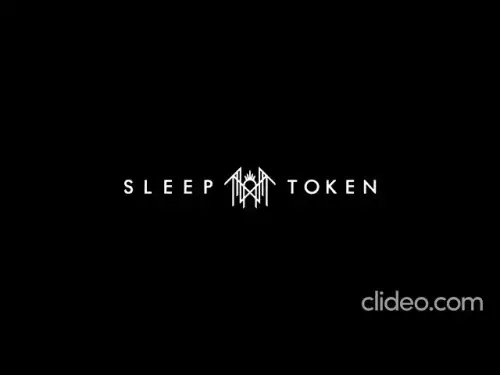-
 Bitcoin
Bitcoin $112200
0.96% -
 Ethereum
Ethereum $4310
0.64% -
 XRP
XRP $2.978
4.28% -
 Tether USDt
Tether USDt $0.9999
-0.02% -
 BNB
BNB $877.9
0.29% -
 Solana
Solana $215.6
6.68% -
 USDC
USDC $0.9997
-0.02% -
 Dogecoin
Dogecoin $0.2387
7.54% -
 TRON
TRON $0.3316
0.73% -
 Cardano
Cardano $0.8633
4.49% -
 Hyperliquid
Hyperliquid $50.46
7.52% -
 Chainlink
Chainlink $23.01
3.82% -
 Ethena USDe
Ethena USDe $1.001
-0.01% -
 Sui
Sui $3.469
2.94% -
 Stellar
Stellar $0.3750
4.79% -
 Bitcoin Cash
Bitcoin Cash $587.2
-2.71% -
 Avalanche
Avalanche $25.48
4.50% -
 Hedera
Hedera $0.2258
3.79% -
 UNUS SED LEO
UNUS SED LEO $9.548
0.05% -
 Litecoin
Litecoin $112.7
-1.24% -
 Cronos
Cronos $0.2527
-2.26% -
 Toncoin
Toncoin $3.098
-0.03% -
 Shiba Inu
Shiba Inu $0.00001287
4.08% -
 Polkadot
Polkadot $4.037
1.46% -
 Uniswap
Uniswap $9.567
3.02% -
 Dai
Dai $0.9997
-0.01% -
 Ethena
Ethena $0.7735
5.26% -
 World Liberty Financial
World Liberty Financial $0.2077
-7.48% -
 Monero
Monero $271.3
0.38% -
 Aave
Aave $302.8
1.35%
How to calculate the breakeven price for a trade?
The breakeven price in crypto trading is the point where all costs—entry price, fees, and charges—are recovered, resulting in no profit or loss.
Sep 08, 2025 at 10:01 am
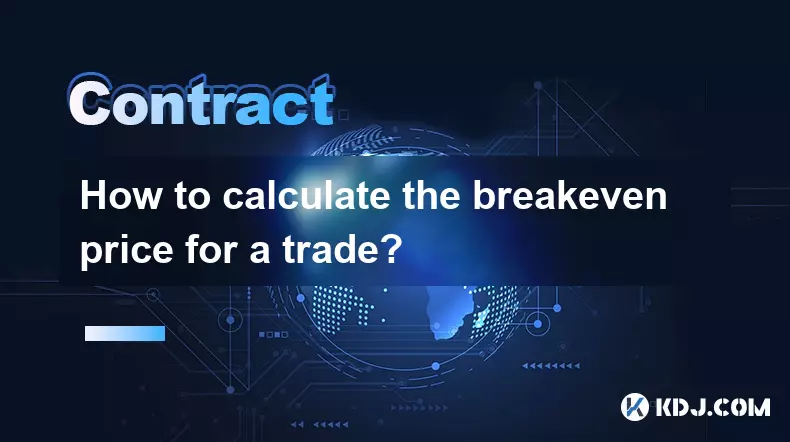
Understanding the Breakeven Price in Crypto Trading
1. The breakeven price in cryptocurrency trading refers to the price at which a trader recovers all costs associated with a trade, including entry price, transaction fees, and any network or withdrawal charges. At this point, the trader neither makes a profit nor incurs a loss. Accurately calculating this value is essential for risk management and setting realistic price targets.
2. To compute the breakeven price, traders must first sum up the total cost of the trade. This includes the initial purchase amount in fiat or stablecoin, the trading fee charged by the exchange, and any additional fees such as gas fees for blockchain transactions. For example, buying 1 BTC at $30,000 with a 0.1% trading fee adds $30 to the cost, making the total investment $30,030.
3. The breakeven price per unit is then determined by dividing the total cost by the quantity of the asset held. In the above example, the breakeven price for 1 BTC would be $30,030. This means the market price must rise to at least $30,030 for the trader to exit without a loss.
4. In leveraged trading, margin fees and funding rates must also be factored into the calculation. Holding a long position on a perpetual futures contract may incur hourly funding payments, increasing the total cost over time. These recurring expenses shift the breakeven point higher, requiring traders to account for them in their calculations.
5. Failing to include all fees in the breakeven calculation can lead to unexpected losses, even when the market price appears to have surpassed the entry point. Many traders overlook network fees or assume flat-rate exchange fees, which distorts their understanding of true breakeven levels.
Factors Influencing Breakeven Calculations
1. Exchange fee structures vary widely across platforms. Some charge maker-taker models, where makers (limit order providers) pay lower fees than takers (market order executors). A trader using market orders consistently will accumulate higher fees, directly affecting the breakeven threshold.
2. Network congestion impacts transaction costs, especially on blockchains like Ethereum. High gas fees during peak times can add significant overhead to token purchases or transfers, increasing the total outlay and pushing the breakeven price upward.
3. Slippage during trade execution also contributes to the effective entry price. In volatile markets, large orders may fill at multiple price points, resulting in an average entry price higher than anticipated. This adjusted entry must be used in breakeven computations.
4. Stablecoin conversion fees or price deviations from peg can introduce hidden costs. Exchanging USDT for ETH on decentralized exchanges might involve a small premium or loss due to liquidity pool imbalances, which must be included in the total cost basis.
5. Accurate record-keeping of every transaction cost is crucial for precise breakeven analysis, especially for active traders managing multiple positions across exchanges.
Practical Examples in Different Trade Types
1. For a spot trade buying 5 ETH at $2,000 each, with a 0.2% trading fee, the total cost is $10,000 + $20 = $10,020. The breakeven price per ETH is $2,004. The market must reach this level before any profit is realized.
2. In a futures trade, opening a 10x leveraged long position for 2 BTC at $35,000 involves initial margin and potential funding payments. If funding fees accumulate to $150 over three days, the total cost becomes $70,000 + $150 = $70,150. The breakeven price rises to $35,075 per BTC.
3. Dollar-cost averaging (DCA) strategies require weighted average calculations. Buying 0.5 BTC at $30,000, 0.3 BTC at $32,000, and 0.2 BTC at $29,000 results in a total cost of $30,700 for 1 BTC. Fees on each transaction further adjust this average upward.
4. Traders using automated bots must program fee adjustments into their exit logic to ensure breakeven targets reflect real-world costs, not just entry prices.
Frequently Asked Questions
What if the breakeven price is never reached?If market conditions prevent the asset from reaching the breakeven price, the position remains at a loss. Traders may choose to hold indefinitely, average down, or exit to prevent further opportunity cost.
Do tax implications affect breakeven calculations?While taxes are not part of the direct breakeven price, they influence net profitability. Capital gains taxes reduce the actual proceeds from a sale, meaning the effective breakeven for profit retention may be higher than the cost-based calculation.
Can breakeven prices change after entering a trade?Yes. In positions with ongoing costs—such as staking penalties, loan interest in margin trades, or negative funding rates—the breakeven price can drift upward over time as additional fees accumulate.
Is the breakeven price the same across centralized and decentralized exchanges?No. Decentralized exchanges often include higher gas fees and slippage, while centralized platforms may offer lower trading fees but impose withdrawal costs. Each platform’s unique fee structure alters the final breakeven point.
Disclaimer:info@kdj.com
The information provided is not trading advice. kdj.com does not assume any responsibility for any investments made based on the information provided in this article. Cryptocurrencies are highly volatile and it is highly recommended that you invest with caution after thorough research!
If you believe that the content used on this website infringes your copyright, please contact us immediately (info@kdj.com) and we will delete it promptly.
- Worldcoin's Wild Ride: Treasury Tactics and Price Gains, a New York Minute
- 2025-09-09 14:25:15
- Hotcoin Lists Luxury Travel Token (LTT): Your Ticket to Crypto-Fueled Luxury?
- 2025-09-09 14:25:15
- Household Debt: Peeking into the 2025 Crystal Ball
- 2025-09-09 12:25:15
- Bitcoin Core, Censorship, and the Ordinals Leader: A Showdown Looms?
- 2025-09-09 12:25:15
- Bitcoin, Solana, and Hacks: Navigating the Crypto Minefield, the New York Way
- 2025-09-09 12:30:12
- AI Models, Bitcoin Trend, and the September Shock: What's the Deal?
- 2025-09-09 12:30:12
Related knowledge
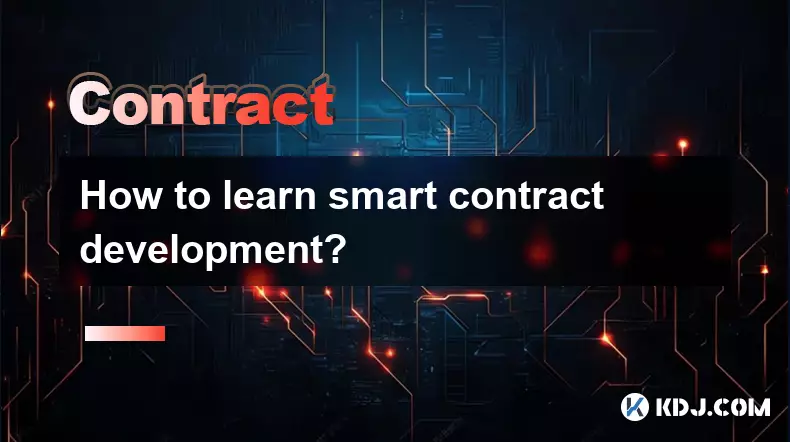
How to learn smart contract development?
Sep 09,2025 at 02:18am
Understanding the Foundation of Smart Contracts1. Smart contract development begins with a solid understanding of what smart contracts are—self-execut...
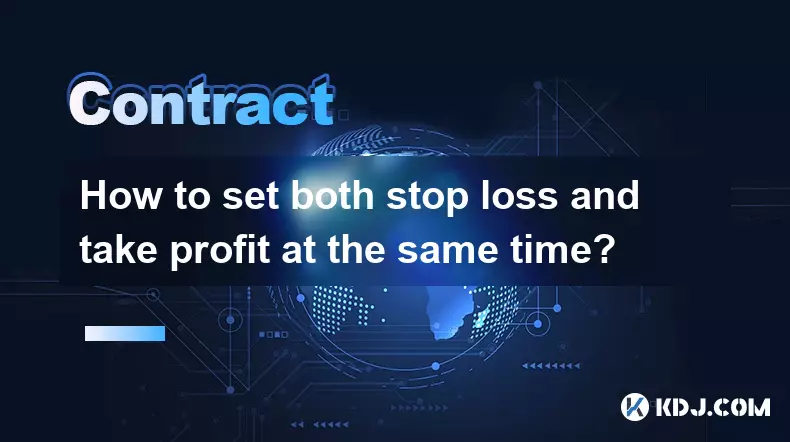
How to set both stop loss and take profit at the same time?
Sep 06,2025 at 04:36pm
Understanding Simultaneous Stop Loss and Take Profit Orders1. Placing both stop loss and take profit orders at the same time is a standard practice in...

What is copy trading for crypto futures?
Sep 07,2025 at 02:00am
What Is Copy Trading in Crypto Futures?1. Copy trading in crypto futures allows investors to automatically replicate the trades of experienced traders...
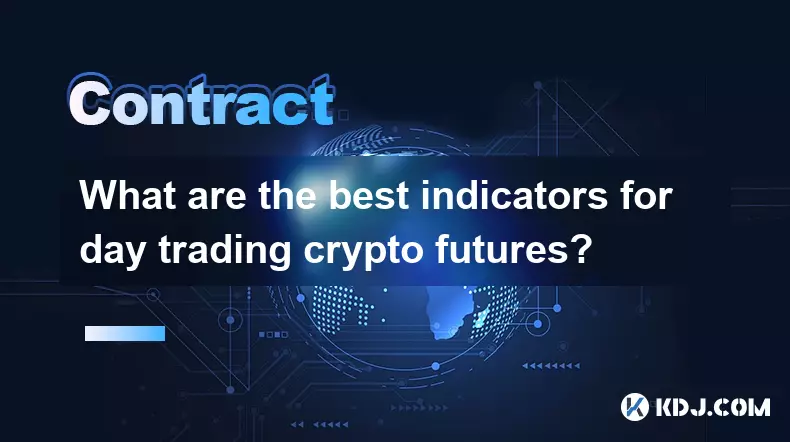
What are the best indicators for day trading crypto futures?
Sep 08,2025 at 10:18am
Top Technical Indicators for Crypto Futures Day Trading1. The Relative Strength Index (RSI) is widely used to identify overbought or oversold conditio...
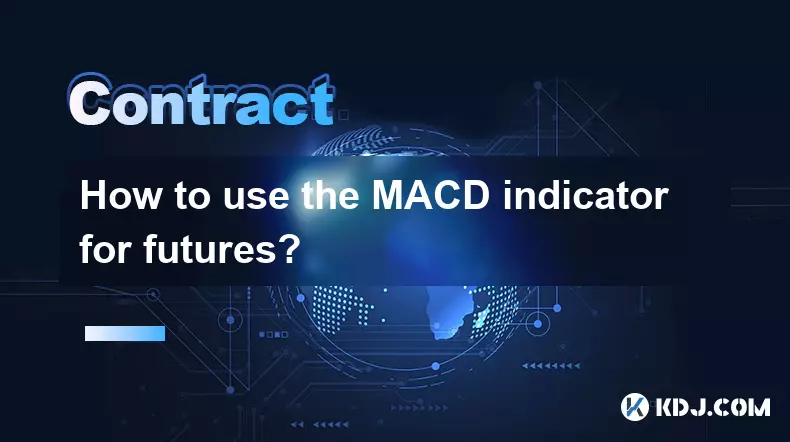
How to use the MACD indicator for futures?
Sep 07,2025 at 09:00pm
Understanding the MACD Indicator in Futures Trading1. The MACD (Moving Average Convergence Divergence) indicator is a momentum oscillator widely used ...

What to do if you are about to be liquidated?
Sep 06,2025 at 01:00am
Understanding Liquidation in the Crypto Market1. Liquidation occurs when a trader’s margin balance falls below the required maintenance margin, forcin...

How to learn smart contract development?
Sep 09,2025 at 02:18am
Understanding the Foundation of Smart Contracts1. Smart contract development begins with a solid understanding of what smart contracts are—self-execut...

How to set both stop loss and take profit at the same time?
Sep 06,2025 at 04:36pm
Understanding Simultaneous Stop Loss and Take Profit Orders1. Placing both stop loss and take profit orders at the same time is a standard practice in...

What is copy trading for crypto futures?
Sep 07,2025 at 02:00am
What Is Copy Trading in Crypto Futures?1. Copy trading in crypto futures allows investors to automatically replicate the trades of experienced traders...

What are the best indicators for day trading crypto futures?
Sep 08,2025 at 10:18am
Top Technical Indicators for Crypto Futures Day Trading1. The Relative Strength Index (RSI) is widely used to identify overbought or oversold conditio...

How to use the MACD indicator for futures?
Sep 07,2025 at 09:00pm
Understanding the MACD Indicator in Futures Trading1. The MACD (Moving Average Convergence Divergence) indicator is a momentum oscillator widely used ...

What to do if you are about to be liquidated?
Sep 06,2025 at 01:00am
Understanding Liquidation in the Crypto Market1. Liquidation occurs when a trader’s margin balance falls below the required maintenance margin, forcin...
See all articles

























